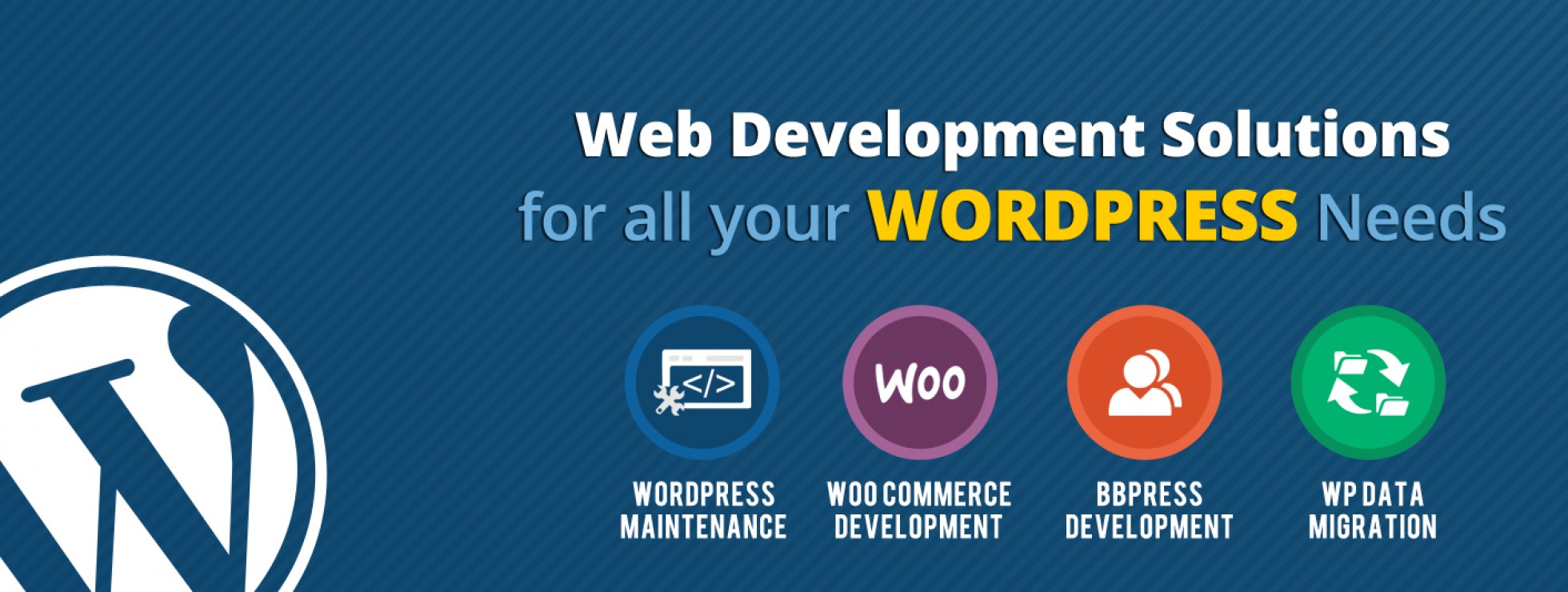Is Your Site Poised for a Search Engine Penalty?
If you’re a webmaster who’s devoted hours upon hours to building up your site and its presence in the natural search results, there’s almost nothing scarier than the thought of logging into your Google Analytics account and seeing the massive drop in traffic that indicates a search engine penalty.
It doesn’t matter if you’re facing manual action by Google or if your site simply fails to meet the quality threshold imposed by an unexpected algorithm update. What does matter is the potential loss of traffic and revenue your site faces if you don’t take the necessary steps to determine whether or not your website is at risk.
To minimize your site’s chances of being struck with a search engine penalty, pay attention to the following three factors:
Factor #1 – Is your content written for humans or computers?
In the “good ol’ days” of SEO, the search engines relied more heavily on the number of keyword repetitions present in a piece of content than on its quality when it came to determining which site to place at the top of the search results.
As you might expect, website owners and early SEO strategists figured this out pretty quickly – resulting in websites that were cluttered with keyword-stuffed articles, “hidden” text displayed in the same color as the page’s background and paragraphs of “optimized” content buried in website footers.
But while these strategies would have helped your site to achieve top rankings in 1996, the search engines have come a long way since these early days. Their algorithms are now much more sophisticated and they’re constantly being improved, as evidenced by 2011’s Google Panda update, which specifically targeted low-value website content.
So how should you proceed when it comes to content creation these days? Simple – write for both your readers and the search engines.
As a website owner, your primary consideration should be developing content that your readers will find useful, as the search engines’ long-term intention is to reward sites that provide the best possible value for their users (even if their algorithms aren’t yet sensitive enough to achieve this 100% of the time).
At the same time, though, throw the search engines a bone when it comes to determining the subject of your content by including your target keywords at least once or twice in your body content in a natural way. Don’t go overboard (10% keyword density, for example, is a dead giveaway that you’re trying to game the system), but do make the purpose of your content clear to both readers and the search engines.
Factor #2 – Is your site too perfectly optimized?
over optimization penalty
Run a quick Google search for “on-page SEO techniques” and you’ll come up with lists of specific, easily implemented recommendations on how to make your site’s content more search engine friendly.
Now, don’t get me wrong – tips like adding your target keywords to your title tags, optimizing your body content heading tags and creating internal links between your site’s pages are all valid SEO and usability recommendations.
However, it’s totally possible to get carried away with on-page optimization, resulting in a site that’s weirdly uniform in its SEO value. If you’ve completed the exact same optimization steps on all of your pages, you’ve essentially created a digital footprint that tells the search engines, “I’m trying to manipulate your algorithms into ranking my site better.”
There’s no guarantee that doing too much SEO will lead to immediate action taken against your site, but it’s worth noting that Matt Cutts – the head of Google’s Web Spam Team – has been hinting about the possibility of an over-optimization penalty for years. To keep your site safe, focus your efforts on creating highly-valuable content – not on meeting some arbitrarily defined SEO standards.
Factor #3 – How “natural” is your backlink profile?
Finally, one major area that the search engines have been cracking down on recently is link spam – that is, low value backlinks created for the explicit purpose of improving natural search performance.
Google’s Penguin update of 2012 was one of the first major indications that the search giant intended to penalize sites using manipulative link schemes. Since the update’s initial rollout, a number of further Penguin modifications have been released, indicating that the elimination of any benefit generated via link spam is likely to remain a priority for the engines in the near future.
As such, it’s important that you take a look at the quality of the sites pointing links back at your own pages. Start by gathering a list of your existing backlinks using the information provided by Google’s Webmaster Tools program or a third-party system. Analyze your links, paying particular attention to any created on low quality sites for the specific purpose of building SEO value.
If you encounter bad backlinks in your profile, you can either attempt to remove them (using the Google Disavow Links tool if your efforts aren’t successful) or you can try to outweigh their influence by building quality links using more natural methods. Whichever option you choose, make the regular monitoring of your site’s backlink profile a part of your regular SEO routine in order to avoid search engine penalties that could threaten the stability of your web-based business.




















